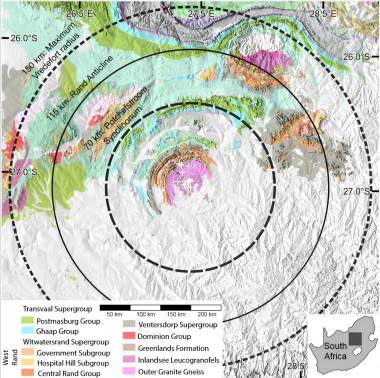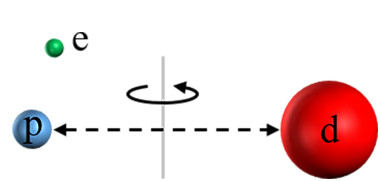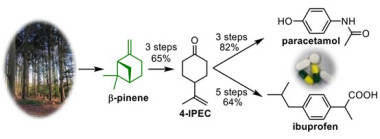First observations ever of the outskirts of a supermassive black hole's accretion disk (phys.org)

There have been multiple accounts created with the sole purpose of posting advertisement posts or replies containing unsolicited advertising.
Accounts which solely post advertisements, or persistently post them may be terminated.





My understanding is the researcher took Gaia probe information and looked at “wide binary stars” (not sure what defines wide, but there must be a ton of them), within 650 light years of earth. They found the ones that accelerate the least (relative to each other? Rotationally?) are, and this is where I get confused, moving...

Temperatures in parts of Chile and northern Argentina have soared to 10°C–20°C above average over the last few days. Towns in the Andes mountains have reached 38°C or more, while Argentina's capital, Buenos Aires, saw temperatures above 30°C—breaking its previous August record by more than 5°C. Temperatures peaked at...

‘Stunning’ discovery: Metals can heal themselves::Scientists for the first time have witnessed pieces of metal crack, then fuse back together without any human intervention, overturning fundamental scientific theories in the process. If the newly discovered phenomenon can be harnessed, it could usher in an engineering...




(Not LK-99)

(Not LK-99)


How important is it to have tables upon tables about how things actually interact? I’d say that’s pretty important.





New research puts age of universe at 26.7 billion years, nearly twice as old as previously believed::Our universe could be twice as old as current estimates, according to a new study that challenges the dominant cosmological model and sheds new light on the so-called “impossible early galaxy problem.”

Paper: www.cabidigitallibrary.org/doi/…/hai.2023.0027



Charged cosmic rays, high-energy clusters of particles moving through space, were first described in 1912 by physicist Victor Hess. Since their discovery, they have been the topic of numerous astrophysics studies aimed at better understanding their origin, acceleration and propagation through space, using satellite data or other...

